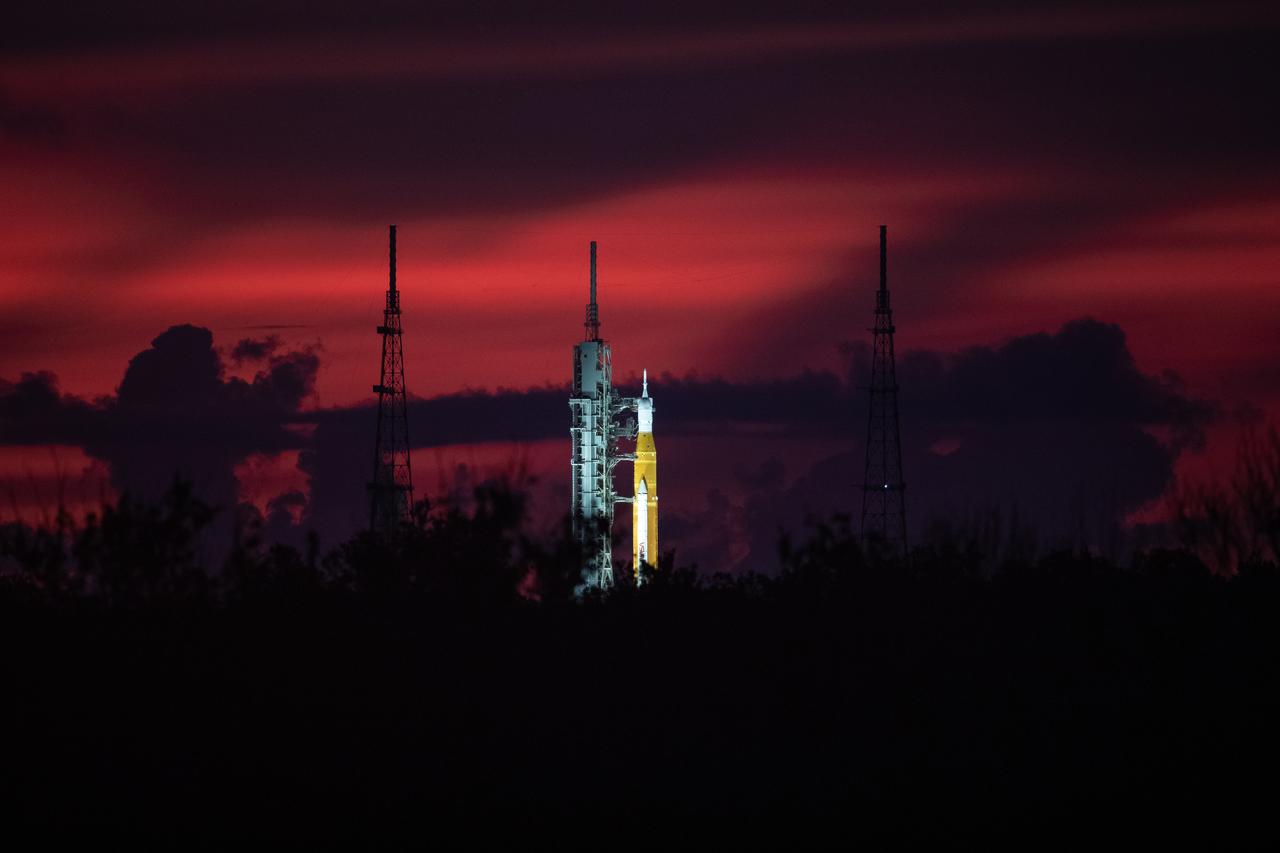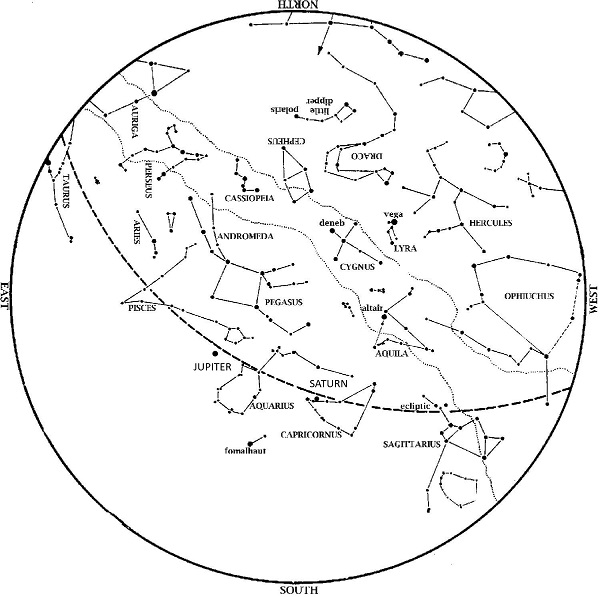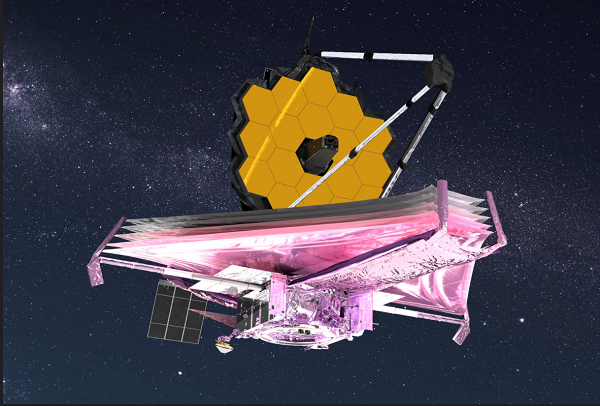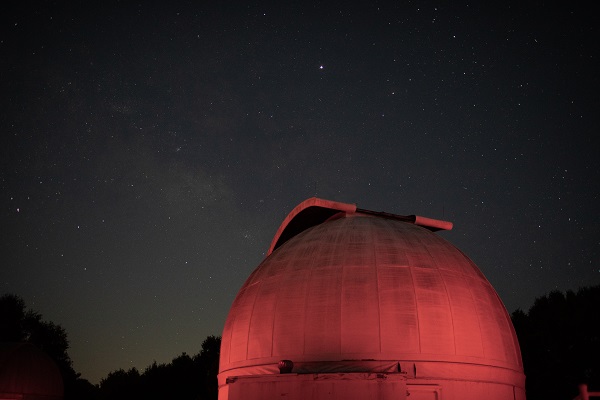When you look up at the night sky, do you ever think you’re seeing other solar systems? Do you ever wonder if any of the stars you see have planets like Earth in orbit around them?
We have discovered that seven planets and more than a hundred moons in our solar system are simply not enough like Earth to foster the development of life or to make colonization easy. We now realize that our search for an alien Earth must occur in solar systems around other stars.
As we approach a thousand confirmed exoplanets, we are becoming better at identifying Earth-like worlds. Sensitive measurements are required to detect the small wobble in a star caused by an orbiting planet or the drop in light caused by a planet crossing in front of a star.
 NASA’s Kepler telescope, a planet-hunting mission, has uncovered 2,740 potential alien worlds since its 2009 launch. Of these, more than 350 are about the size of Earth. Observatories on Earth’s mountaintops are also identifying planets around other worlds and confirming the discoveries of Kepler.
NASA’s Kepler telescope, a planet-hunting mission, has uncovered 2,740 potential alien worlds since its 2009 launch. Of these, more than 350 are about the size of Earth. Observatories on Earth’s mountaintops are also identifying planets around other worlds and confirming the discoveries of Kepler.
Now we are working on detecting more than an exoplanet’s mass, diameter, and distance from its star by developing sensors that can identify gases in the planet’s atmosphere. This way, we can look for the oxygen and water vapor that support life on Earth.
It is just a matter of time before we find a world that is truly Earth’s twin. Studies suggest small planets like Earth are probably common in the universe — easily over 10 billion in our Milky Way Galaxy. Will the discovery of an alien Earth change the way we think about the universe and our place in it? Will we then realize that our planet is not unique, and that perhaps life on Earth is not unique either? Does this change how we think of our home planet and ourselves?
Visit the Planetarium’s new show, The X-Planets: Discovering Other Earths, to explore the first exoplanet discoveries and ponder these fundamental questions. For a full film schedule, click here.







